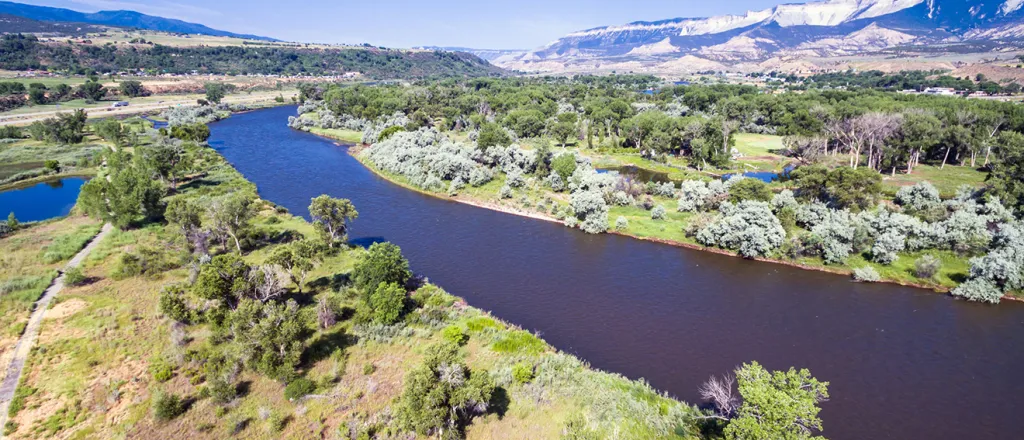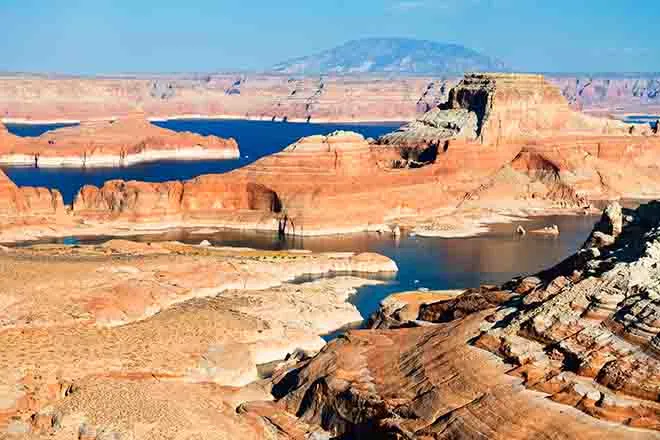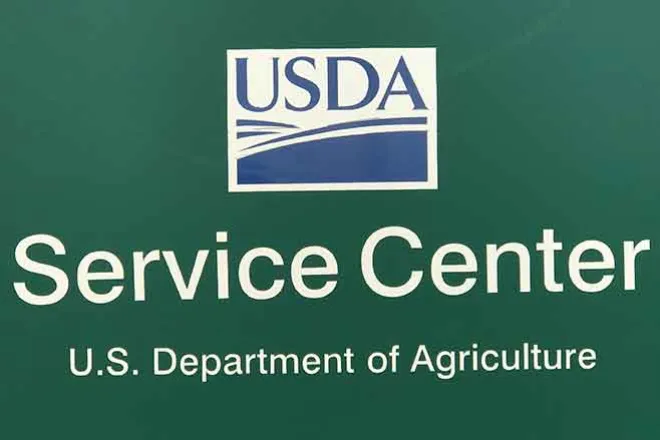
University scholars create model for Colorado River water management
(The Center Square) – Public policy scholars published a 339-page paper to help state and federal regulators manage water for the Colorado River Basin.
The Colorado River provides drinking water for approximately 40 million people in Arizona, California, Nevada, Colorado, New Mexico, Utah, Wyoming and Mexico. Its water also provides irrigation for approximately five million acres of farming, or 15 percent of the nation’s crop production, and livestock, approximately 13 percent.
Three professors from the University of California-Riverside collaborated with two representatives from the Utah Rivers Council to develop a "hydro-economic model" to provide answers for critical questions regarding management of the water resource. The analysis shows impacts to cities, states, tribes, farmers and wildlife conservation. It also suggests “out-of-the-box solutions that right now many stakeholders don’t even want to mention,” Ariel Dinar, one of the authors, said in a media release from the university announcing the publication.
Increased water use due to population growth and reductions due to climate change are examined in the analysis and are the basis for alternative water policies.
“This knowledge provides an understanding of the magnitude of growing socioeconomic and climate pressures in the basin,” the analysis states. “This is important because of the rising chorus of scientists, water managers and policymakers who suspect the Colorado River Basin is approaching a tipping point.”
The water allocations from the river are governed by the 1922 Colorado River Compact. The research stated the agreement was signed during a year of high-flow levels, occurring less than 40 percent in the years since 1922 and only one year since 2000.
“Nobody wants even to think about changing the parameters of the 1922 treaty,” Dinar said. “A model like what we developed will allow us to check different options under different scenarios of climate change, and there may be some very reasonable solutions.”
The analysis provides several mathematical equations to measure and predict many aspects of the river’s supply of water and its uses for drinking, irrigation and hydropower production. Its summary states the model will assist in “understanding, navigating and mitigating the complex challenges intertwined” with the river’s water management.
“Its holistic approach spans diverse scenarios, encapsulating policy, climate change, cooperation dynamics, and technological transformations – laying the groundwork for informed decision-making and sustainable resource allocation,” the analysis concludes.













